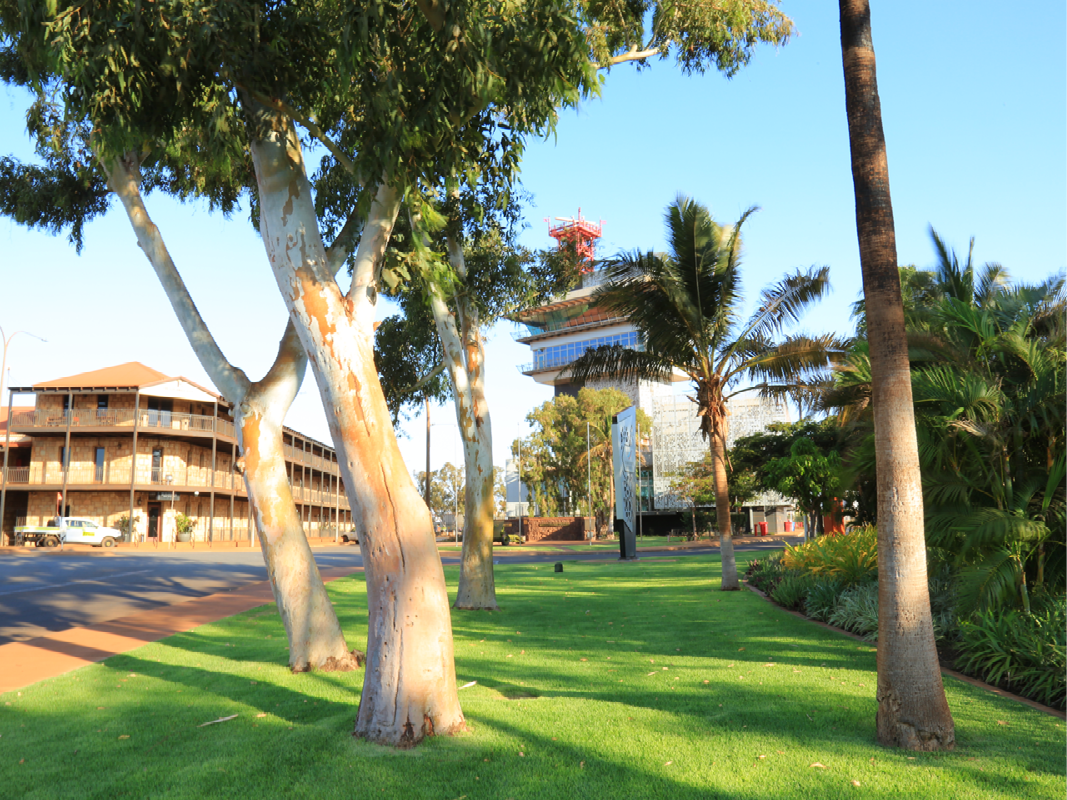There has been social media discussion on the use of LiDAR as a tool to monitor dust in Port Hedland.
The suggestion is that LiDAR gives an accurate representation of dust.
It is important to have accurate information when discussing these issues.
Three studies have been conducted between 2011 and 2017 in Port Hedland to determine if LiDAR is an appropriate dust-monitoring tool for the area. The most recent, 2017, was conducted by the Department of Water and Environmental Regulation (DWER).
DWER said its 2017 study, published in 2018, helped identify the location of dust sources and the movement of dust plumes in the Port Hedland airshed.
DWER’s fact sheet says the study was not intended to demonstrate LiDAR’s use as a regulatory tool because of limitations with current forms of the technology, including:
- There is no Australian Standard for the operation of LiDAR equipment;
- Pre-processing of LiDAR monitoring data is required before useable imagery can be developed – so it is not applicable to a real-time monitoring scenario;
- There are no established, suitable criteria that can be used as limits for ambient PM10 concentrations at individual receptors or along the premises boundary;
- LiDAR data only provides information on relative dust concentrations that are represented as colours on an image. Each colour represents a range of concentrations within which the actual concentration may sit.
The full DWER fact sheet is available here.


